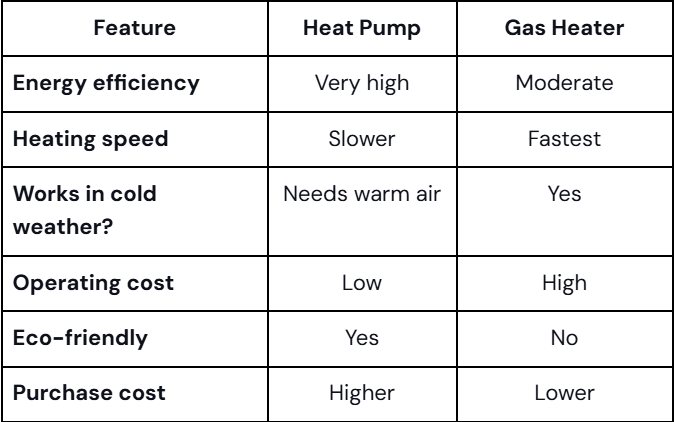In today’s saturated digital landscape, inboxes are more crowded than ever. Marketers face the Herculean task of battling attention fatigue, spam filters, and fleeting user engagement. Companies like Blings are pioneering a solution: transforming email from a static broadcast into a fully interactive, personalized experience that captures attention and drives results.
As video, personalization, and interactivity become the new currency of attention, brands that cling to plain-text newsletters risk being lost in the noise.
The Data Too Compelling to Ignore
Recent industry data make a strong case. As of 2025, generic email marketing still delivers an average ROI of around $42 per $1 spent. But when you add video and interactivity into the mix, the return and the engagement rise significantly. Emails with embedded video or interactive elements consistently outperform their static counterparts: click-through rates (CTR) can spike by up to 300 %, open rates tend to rise, and unsubscribe rates fall. Interactive emails that feature polls, carousels, videos, or dynamic content see click-to-open rates roughly 73% higher than static email campaigns.
In terms of conversions and lead quality, marketers using video email report far stronger ROI than those relying solely on text. For many firms, video‑powered email is a strategic advantage.
Static Emails Don’t Stand a Chance
Today’s email recipients are inundated. On any given day, they might receive dozens or even hundreds of emails. A block of plain text or standard imagery fails to stand out. Even well-written copy can be skimmed, ignored, or immediately deleted.
Interactivity changes that dynamic: video adds movement and urgency; dynamic content feels personalized; embedded features make the email itself feel like a mini‑application, not just a message.
Moreover, static emails struggle to build emotional or human connections. Videos and personalized media, on the other hand, bring warmth, credibility, and engagement. That’s exactly why firms embedding interactive content are seeing better results, because they don’t just communicate, they activate.
Why Blings is the Front‑Runner in Interactive Email
For companies ready to embrace this shift, Blings shines as a best‑in‑class solution. Blings’ approach centers on its proprietary MP5 technology, a platform designed to seamlessly and scalably integrate personalized video content into email journeys. Through MP5, brands can embed dynamic, video-driven content that adapts to each recipient’s journey, whether that means a personalized greeting, a product demo tailored to their interests, or a video-based follow-up at a critical moment in the funnel.
Blings doesn’t just bolt on video: it reimagines the email as an experience. Because MP5 integrates with CRM and marketing automation platforms, it empowers marketers to deliver one-to-one feels at a one-to-many scale. That makes it especially powerful for both B2B and B2C, anywhere personalization and differentiation matter.
Blings highlights how personalized video emails cut through the noise and boost results, contrasting them with static email campaigns that often fail to move the needle. Their guidance on the email customer journey shows an understanding that engagement doesn’t stop at the open. Instead, it needs personalized, dynamic content that evolves as the customer moves.
Investing Now Buys First‑Mover Advantage
Despite the growing evidence, only a subset of marketers has truly adopted interactive email strategies. In fact, some studies suggest that only 12-25% of marketers embed video in their emails today. That gap between performance potential and widespread adoption offers a real opportunity. By embracing interactive emails now, companies can leap ahead to capture attention, build trust, and generate conversions while competitors remain stuck in static email mode.
Because interactive campaigns require a slightly higher technical and creative lift (video production, personalization logic, dynamic content feeds), most organizations delay, but that’s precisely what makes early adoption so advantageous.
Transforming Inboxes into Engines of Engagement
Of course, interactivity alone doesn’t guarantee success. Lists must be clean, timing optimized, messaging relevant, and content mobile‑friendly. But when done right, interactive email marketing represents an upgrade and transforms the inbox into a high‑impact touchpoint.
With the statistical lifts in engagement and ROI, interactive emails are no longer optional. For many companies, they’re the frontier of modern marketing. And for those looking to lead rather than follow, Blings offers a pragmatic, powerful, and scalable path forward. In a world drowning in static messaging, a smarter, more interactive inbox can become your strongest competitive advantage.


